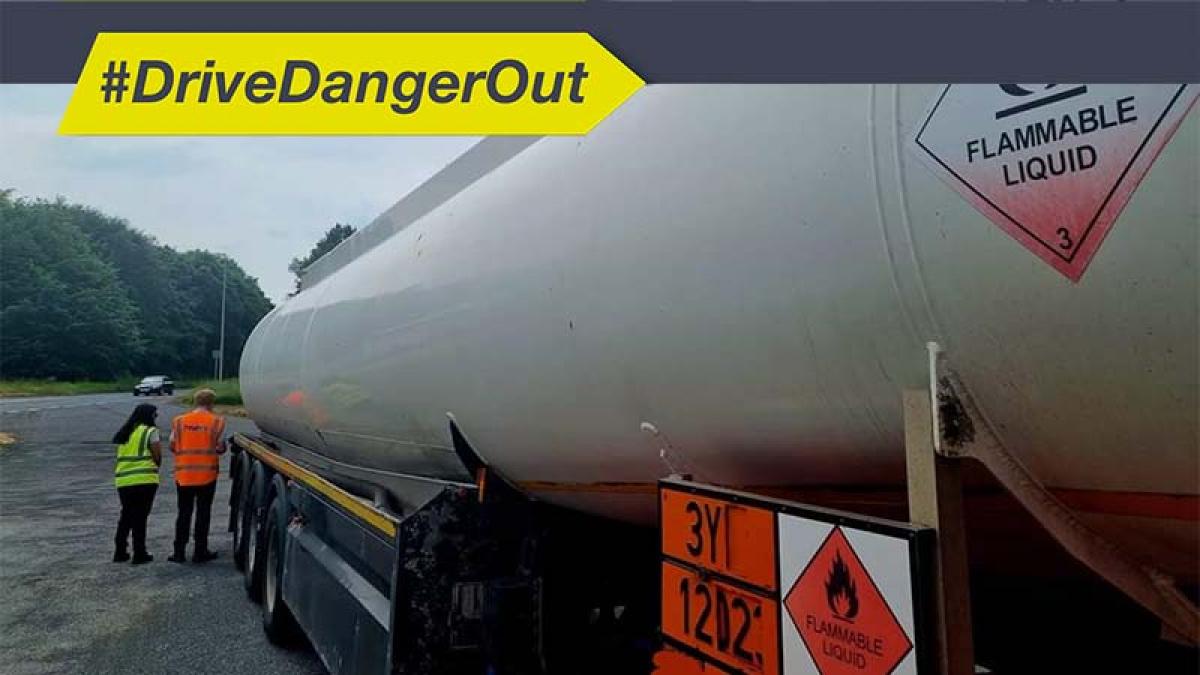Haulage and logistics health and safety checks to increase

Inspections of workplace transport management to increase in haulage and logistics sectors.
The Health and Safety Executive for Northern Ireland (HSENI) Major Hazards and Transport Team (MHT) is set to increase the number of inspections of companies working in the haulage and logistics sectors across Northern Ireland.
The visits form part of the ‘Drive Danger Out’ campaign, a wider workplace transport inspection programme across all industries announced by HSENI earlier in September.
Under health and safety legislation, employers are required to ensure the health, safety and welfare of their employees and persons not in their employment as far as is reasonably practicable.
Until the end of March 2024, HSENI Inspectors will be conducting a focused program of site inspections to assess how workplace transport activities are being managed. Inspectors will provide information and advice on maintaining safe sites, vehicles, and drivers.
Where significant risks are found Inspectors may be required to take enforcement action to achieve compliance with health and safety legislation to ensure that the risks are adequately managed and reduced as far as is reasonably practicable.
Site inspections will focus on three key areas:
Safe Site
- Are vehicles/plant and pedestrians kept safely apart?
- Are there suitable pedestrian crossing points on vehicle routes?
- Are traffic routes well maintained with even surfaces and kept free from obstructions?
- Are there suitable warning signs, which are kept clean and legible?
Safe Vehicle
- Are the vehicles/plant used in your workplace suitable for the tasks to be undertaken?
- Do the vehicles/plant have adequate devices fitted for ensuring all-round visibility and awareness for their drivers?
- Where there is a danger of objects falling on the operator from above, has a Falling Object Protection System (FOPS) been fitted?
- Are the vehicles/plant maintained in good working order and undergo a schedule of planned preventative maintenance?
Safe Driver
- Are employees suitably trained and competent to use the vehicle/plant they operate?
- Have employees received appropriate information, instruction and training on how to perform the job, particular hazards, site speed limits, appropriate parking and loading areas etc?
- Are drivers having to rush to complete their work on time, or is there a risk of accidents caused by fatigue as a result of excessive working hours?
Find guidance on how to manage vehicles used in the workplace.
First published 26 September 2023